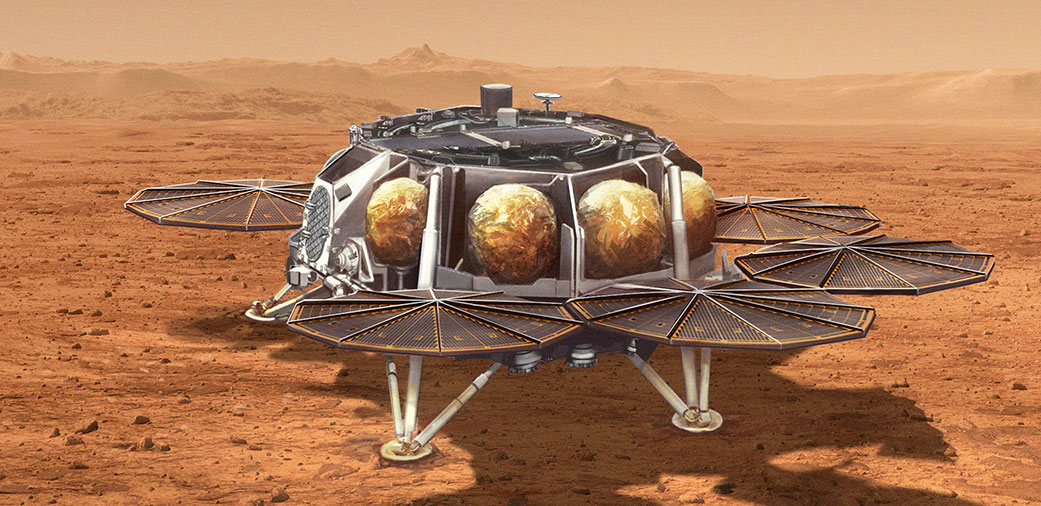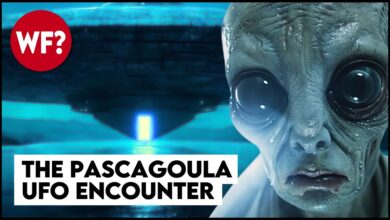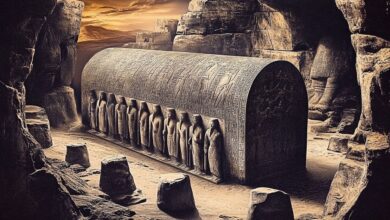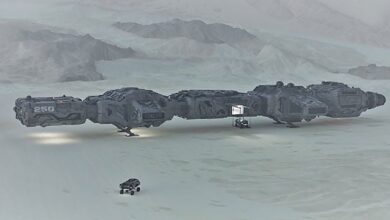Hubble Has Been Seeing Something It Was Never Meant to See For The Last 34 Years

The Hubble Space Telescope, after more than 34 years of operation, has made significant contributions to the exploration of the Solar System and the Universe. Although not originally designed to observe objects in the Solar System, Hubble has still captured valuable images, from Venus, Mars, to the asteroid belt and the gas giants.
1. **Observation of the Moon and Venus:**

– Hubble could not capture the entire surface of the Moon at once, but performed an important experiment in 2012 when Venus passed in front of the Sun.
– Sunlight reflected through the atmosphere of Venus has helped scientists analyze the chemical composition of the atmosphere, and tested methods for studying exoplanet atmospheres.
2. **Mars Research:**

– Hubble provides detailed images of Mars, helping to track global dust storms, seasonal changes and the movements of the two moons Phobos and Deimos.
3. **Asteroid Belt:**

– Captured the asteroid Galt with its comet tail, due to its rapid rotation creating centrifugal force, causing material to be ejected into space.
– Observed the collision between two meteorites, creating the X-shaped structure of object P2010A2, demonstrating the chaos in the asteroid belt.
4. **Jupiter Observation:**

– Recorded auroras hundreds of times stronger than Earth’s, continuously occurring thanks to Jupiter’s magnetic field and radiation. – Studying the impact of solar wind on auroras during the 2016 Juno mission.
– Observing the historic collision of Comet Shoemaker-Levy 9 with Jupiter in 1994, providing data on the planet’s powerful gravity.
5. **Discoveries on Saturn:**
:max_bytes(150000):strip_icc()/__opt__aboutcom__coeus__resources__content_migration__mnn__images__2016__12__cassini-spacecraft-5c65f0f965bb4edea70f1ad05abe504a.jpg)
– After Cassini ended its mission, Hubble continued to monitor Saturn’s weather, major storms, and seasonal changes, adding important data about the planet.
6. **Uranus and Neptune:**
– Hubble observed surface storms, auroras, and seasonal changes during Uranus’ 84-year orbit.
– Discovering the small moon Hippocamp around Neptune, suspected to be a fragment of Proteus.
7. **Kuiper Belt:**

– Observing Gonggong, the third largest dwarf planet in the Solar System, and discovering its moons using Hubble data. This helps study the structure and formation of distant objects.
### **Hubble’s importance:**
– Although not designed to observe the Solar System, Hubble has expanded our understanding of the atmospheres, weather, and structures of planets, moons, and asteroids.
– Hubble also plays a fundamental role in long-term observations of astronomical phenomena, from powerful auroras to massive storms.
– With the ability to operate until 2040, Hubble will continue to work alongside James Webb to open new chapters in space exploration.









